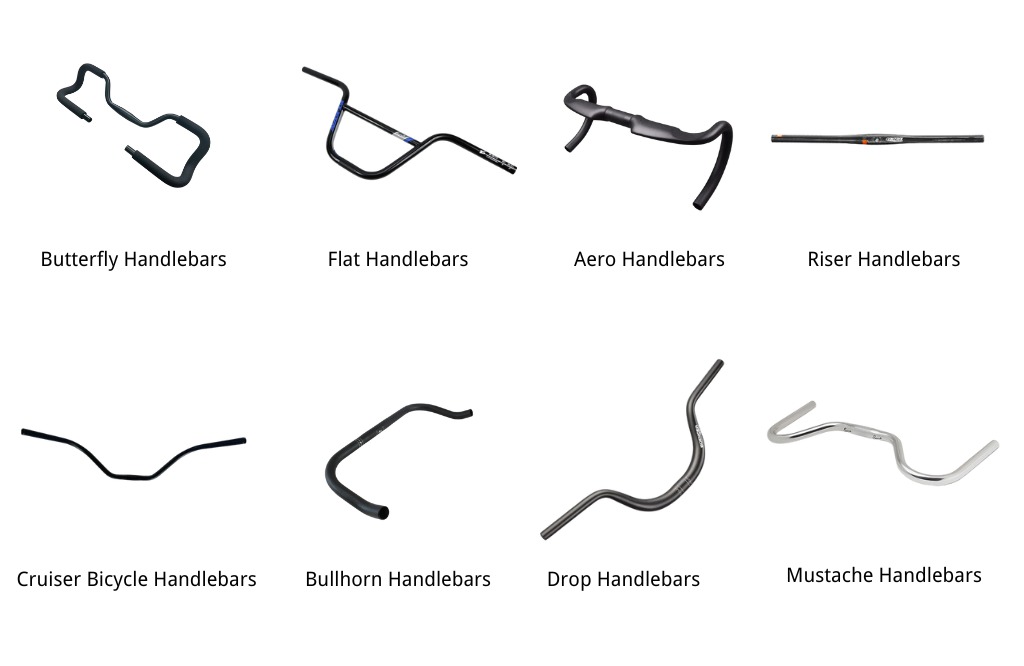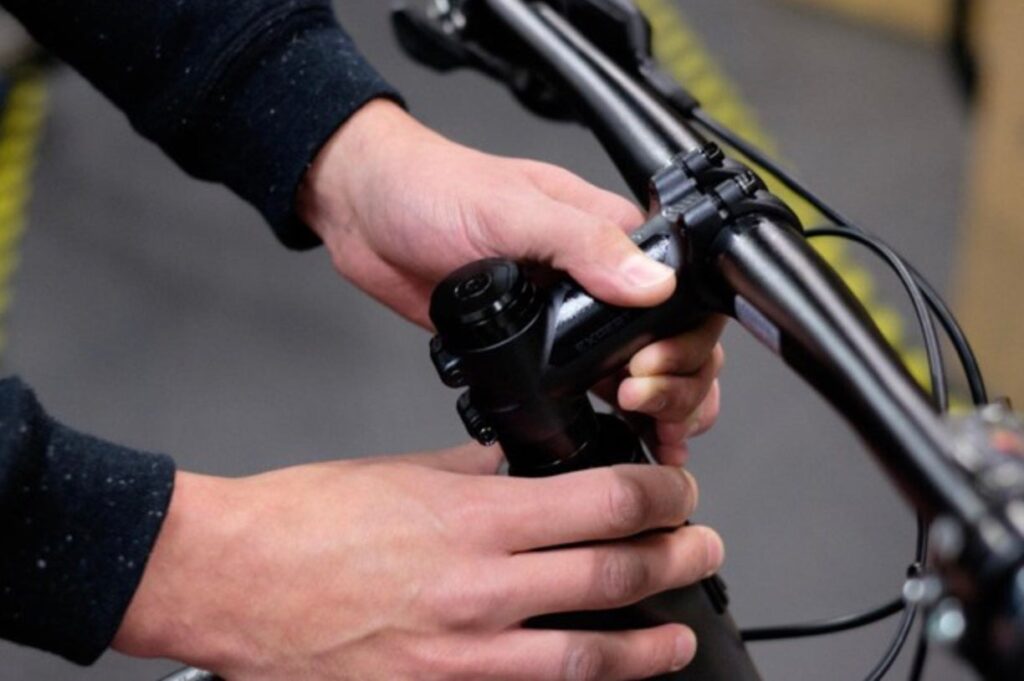Riding an e-bike should be smooth, comfortable, and fun. But if your handlebars aren’t adjusted properly, that pleasant ride can quickly turn into an uncomfortable or even painful experience. Many riders don’t realize that handlebar position plays a huge role in how their body feels during and after a ride.
From wrist pain and back strain to poor control over your e-bike, the wrong handlebar setup can hold you back. The good news? A few simple E-Bike Handlebar Adjustments can make a world of difference. In this guide, we’ll walk you through everything you need to know about e-bike handlebar adjustments, so you can ride with more comfort, better posture, and greater control.
Table of Contents
Table of Contents
Understanding E-Bike Handlebar Types
Not all handlebars are the same. Each type offers a unique riding experience, and knowing the difference can help you choose or adjust the one that suits your style.

Flat Handlebars
These are commonly found on commuter and mountain e-bikes. They provide a neutral wrist position and better control, especially at slower speeds or on technical terrain.
Riser Handlebars
These bars rise upwards toward the rider, offering a more upright riding posture. This helps reduce pressure on your back and neck while improving visibility—perfect for casual riders or city commuters.
Drop Handlebars
You’ll usually see these on road e-bikes. Drop bars offer multiple hand positions and are great for speed and aerodynamics. However, they encourage a more forward-leaning position, which may not suit everyone.
Pro Tip: Choose a handlebar style that matches your riding habits—upright for comfort, forward-leaning for speed and performance.
Key E-Bike Handlebar Adjustments Areas
There’s more to handlebars than just height. For maximum comfort and control, you should understand the following adjustment points:
- Height – Affects how upright or forward-leaning your posture is.
- Angle (Tilt) – Influences wrist alignment and grip comfort.
- Reach – The horizontal distance from the saddle to the bars.
- Sweep – The natural curve of the handlebars back toward you.
- Stem Length/Rise – Impacts how far and high the handlebars sit from the steering tube.
Each of these adjustments contributes to your overall riding ergonomics.
Finding the Right Handlebar Height
Why Height Matters
Handlebar height directly affects your posture. If the bars are too low, you’ll lean forward and put stress on your wrists and back. Too high, and you may feel awkward or lose control at higher speeds.
How to Adjust the Height
- Use an Allen wrench to loosen the stem bolts.
- Raise or lower the stem by sliding spacers or flipping the stem.
- Re-tighten bolts with a torque wrench to the manufacturer’s specs.
Signs You Need a Height Adjustment
- Feeling stretched or hunched? Raise the bars.
- Sitting too upright and losing control? Lower them slightly.
Even a half-inch change can greatly improve comfort.
Adjusting Handlebar Angle for Better Wrist Support
Your wrists should be in a neutral, relaxed position—not bent up or down.

To Adjust the Angle:
- Loosen the faceplate bolts on the stem.
- Gently rotate the handlebars forward or backward to align with your natural wrist angle.
- Retighten the bolts securely.
Benefits of Correct Angle:
- Reduces wrist fatigue on longer rides
- Improves grip comfort
- Enhances control on turns and descents
Adjusting Reach for Better Control
Reach refers to how far forward you have to lean to hold the bars. If it’s too long, you may overstretch your back and arms.
How to Shorten or Lengthen Reach:
- Swap your stem for a shorter or longer version.
- Choose handlebars with more or less sweep (curved back).
- Slide the seat slightly forward (if needed) to complement reach.
Ideal Reach:
You should have a slight bend in your elbows and maintain an upright chest without leaning too far.
Replacing or Upgrading Your Handlebar or Stem
Sometimes, small adjustments aren’t enough. If you’re still uncomfortable, it may be time for new components.
When to Replace:
- You’ve maxed out your adjustment range.
- Your current setup causes persistent pain.
- You want to switch riding styles (e.g., from sporty to relaxed).
Recommended Upgrades:
- Adjustable stems let you fine-tune height and angle.
- Ergonomic handlebars offer improved grip shapes and better sweep angles.
- Comfort-focused riser bars promote an upright, relaxed position.
Investing in better components can dramatically improve your experience.
Test Ride & Fine-Tune: Dialing in the Perfect Fit
After making adjustments:
- Go for a short ride in a safe area.
- Pay attention to your wrists, shoulders, and back.
- Try a few turns and test your ability to steer smoothly.
If you notice discomfort:
- Make small tweaks (¼ inch at a time).
- Re-test until you find your ideal fit.
It may take a few rides to dial things in perfectly, and that’s okay!
Bonus Tips for Comfort and Safety
Fine-tuning your handlebar setup is important, but don’t stop there. Here are a few extra ways to make your ride even better:
Add Ergonomic Grips
They support your palms and reduce pressure on nerves, which is great for longer rides.
Use Bar Ends
These give you extra hand positions and improve leverage on climbs.
Adjust Brake Levers & Shifters
Make sure they’re within easy reach and don’t force your wrists into awkward angles.
Don’t Forget the Saddle
Handlebar comfort depends on your overall body position. Make sure your seat height and angle are properly adjusted, too.
Common Mistakes to Avoid
Over-Tightening Bolts
Cranking bolts too tightly can damage your components or make future adjustments difficult. Always use a torque wrench and follow the manufacturer’s guidelines.
Ignoring Overall Bike Fit
Handlebar comfort doesn’t exist in a vacuum. If your saddle or pedals aren’t set up properly, you might still feel pain or discomfort. Tweak everything together for the best results.
Making Drastic Changes All at Once
Large adjustments can throw off your balance and riding habits. Always make small, incremental changes and test between each one.
Conclusion
A well-adjusted handlebar setup can transform your e-bike ride from frustrating to fantastic. By understanding different handlebar types, making simple adjustments to height, angle, and reach, and upgrading components when needed, you can enjoy longer, more comfortable rides with better control and safety.
Remember: your body is your best guide. If something feels off, it probably is. Take the time to fine-tune your handlebar setup, and don’t be afraid to experiment until it feels just right.
Have you tried adjusting your e-bike handlebars? Share your experience with us at Ebikeranking.com—your feedback can help other riders ride better and more comfortably!








